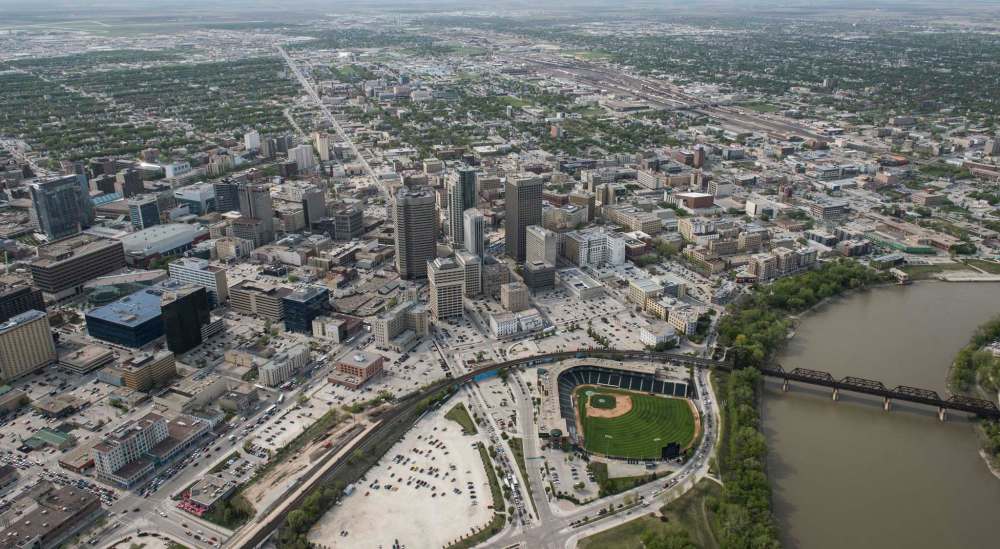Growth fees can help city build up, not out
Advertisement
Read this article for free:
or
Already have an account? Log in here »
To continue reading, please subscribe:
Monthly Digital Subscription
$1 per week for 24 weeks*
- Enjoy unlimited reading on winnipegfreepress.com
- Read the E-Edition, our digital replica newspaper
- Access News Break, our award-winning app
- Play interactive puzzles
*Billed as $4 plus GST every four weeks. Offer only available to new and qualified returning subscribers. Cancel any time.
Read unlimited articles for free today:
or
Already have an account? Log in here »
Hey there, time traveller!
This article was published 22/09/2016 (3087 days ago), so information in it may no longer be current.
Mayor Brian Bowman and city council are serious about the need for smart growth fees to better manage the growth and infrastructure costs associated with a sprawling Winnipeg, which Winnipeg taxpayers can no longer sustain. This is a significant and welcomed turning point for our city.
The mayor, along with the Hemson report, acknowledges growth fees can also be used as an effective community-planning tool. Intertwined with other strategies, smart growth fees will ensure growth is “orderly, compact, and efficiently uses existing infrastructure and services.” In addition to tax savings, a city “built up,” as opposed to “built out” contributes to increased transit use, increased walkability, a smaller carbon footprint and a healthier community, one less dependent on cars. By extension, this is key to revitalizing our older neighbourhoods, and our downtown benefits as well.
Growth fees are financial tools used by municipalities to pay for additional growth-related infrastructure costs related to new developments that are not covered by existing development fees. The governing principle behind growth fees is development related to growth should pay for itself and not overly burden existing taxpayers. Winnipeg is one of the last remaining Canadian cities to tackle this issue.

Dense, mixed-use and more sustainable development has become a priority for Canadian municipalities, and these types of developments create more vibrant neighbourhoods. As many urban practitioners such as Joe Minicozzi have concluded, these types of developments also create more tax dollars per acre and make it cheaper for a city to operate services such as transit, road repairs, water/waste management and to offer other amenities. Careful management around growth-fee implementation could also have a strong and desirous effect not only for increased general revenue, but also city growth itself.
However, forward thinking — taking into consideration the interest of the city taxpayers as a whole — will challenge some councillors to focus on the future vision of growth and fiscal prosperity of our city. Ultimately, a smart growth-fee strategy is in the best interest of our city’s current constituents and future constituents — those who will inherit the city.
From a downtown perspective, the economic health of our downtown is directly linked to the economic success of our surrounding neighbourhoods and the city itself, and the city’s growth patterns.
The mayor’s commitment to further community dialogue, and acknowledgment that downtown and city-wide infill in our older and surrounding neighbourhoods is important and should be exempt, forms an important part of this discussion. This is in sync with the city’s Our Winnipeg policy framework that identifies council priorities.
Our members are eager to engage, discuss and provide value to this process, and in a constructive city-building way, to continue and even expedite the process of creating a better city for everyone.
Sachit Mehra is past chairman of the Downtown Winnipeg BIZ.





